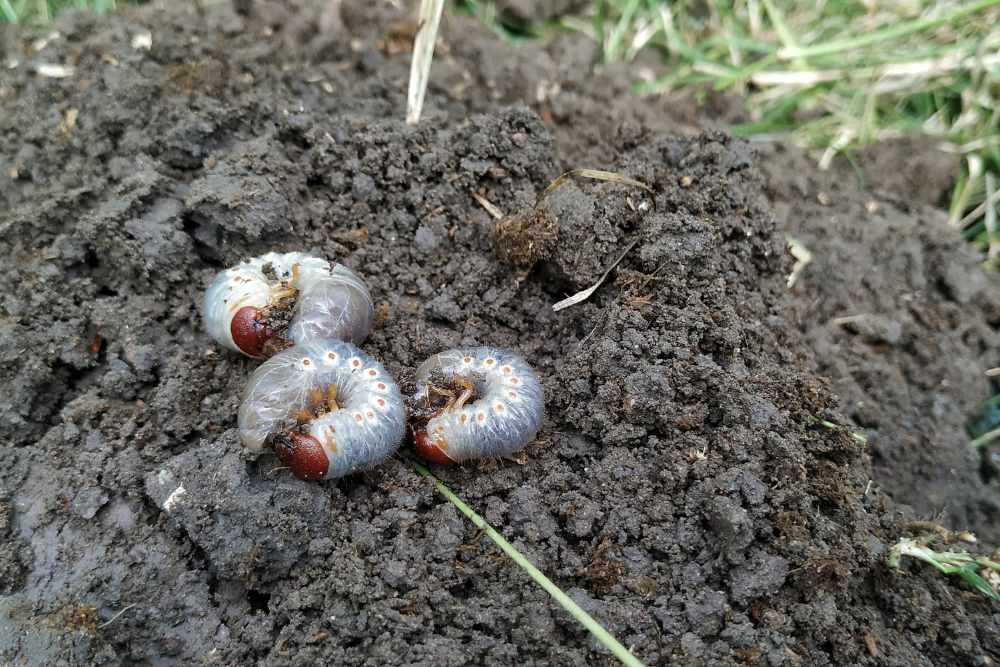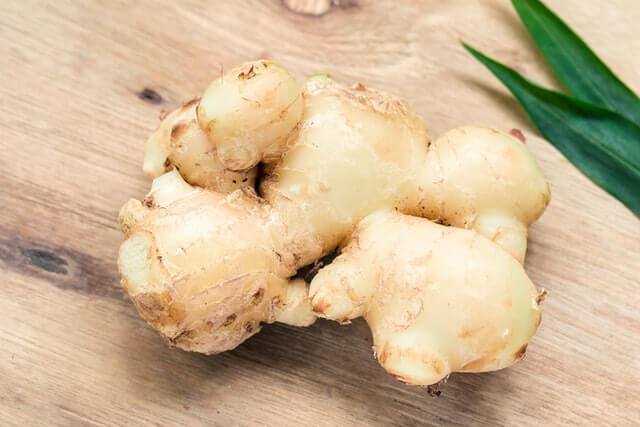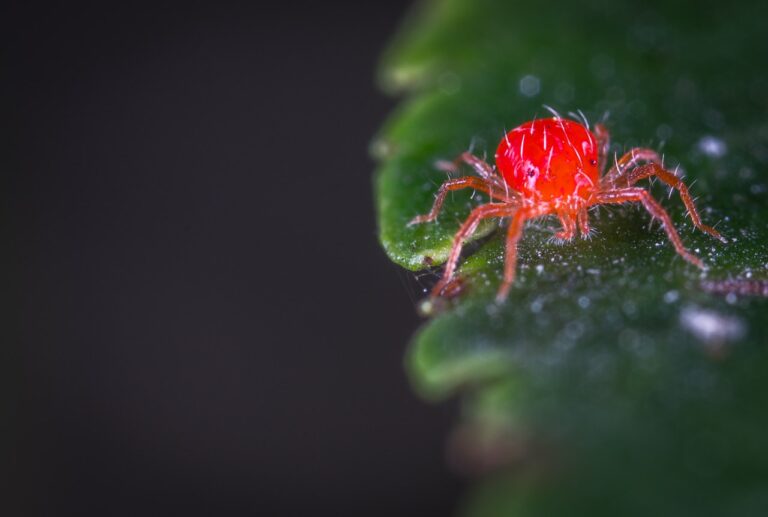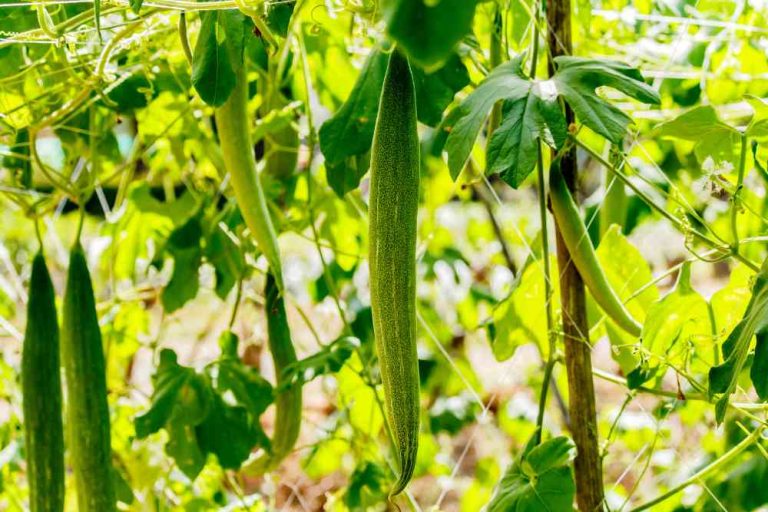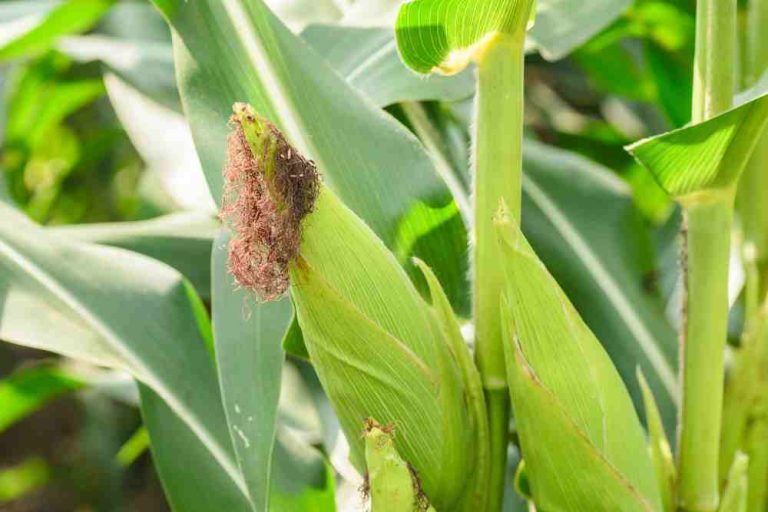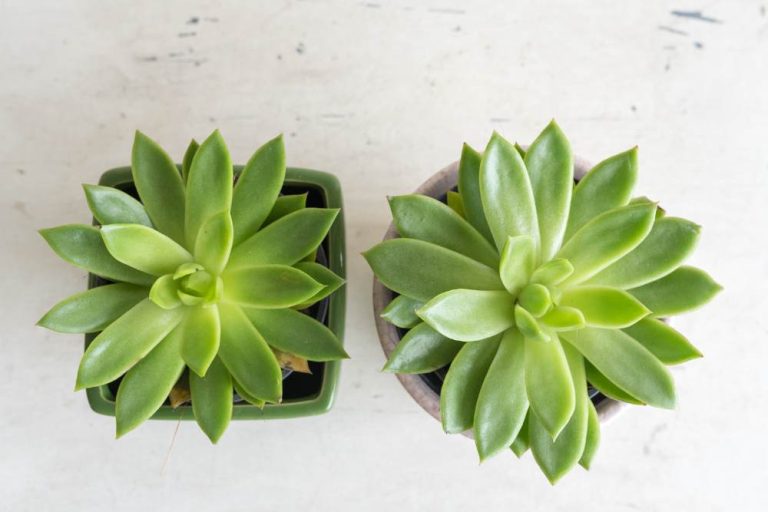How To Get Rid Of White Grubs In The Soil?
Lawn Grubs, sometimes known as White Grubs, are the larvae of many Scarab Beetles, including Japanese Beetles, June “bugs” (beetles), European Chafers, African Black Beetle, Blackheaded pasture cockchafer, and Christmas beetles. The white grubs in the soil may vary depending on the species.
Common Names: White grubs, annual white grubs, chafer beetles
White grubs feed on the roots of a wide range of plants. Pasture grasses, Napier grass, maize, potatoes, tomatoes, asparagus, tobacco, groundnuts, pineapples, strawberries, and a variety of vegetables, roses, and a variety of other ornamentals, including lawns. On sandy soils, they may be an occasional maize pest. Adult beetles eat deciduous and coniferous tree leaves.
White Grub Life Cycles
During the life cycle of grubs, all of these beetles go through four unique stages: egg, grub (larva), pupa, and adult. The grubs will develop through three larval stages or instars once the egg hatches. As a result, varied sizes of grubs are regularly found in the soil.
The grub develops into a pupa, which is a resting stage, and the pupa develops into an adult beetle. This type of life cycle is known as full metamorphism. The larval stage looks completely different from the adult stage in this type of transformation. When most grubs that feed on turfgrass are dug out of the soil, they form a “C” shape.
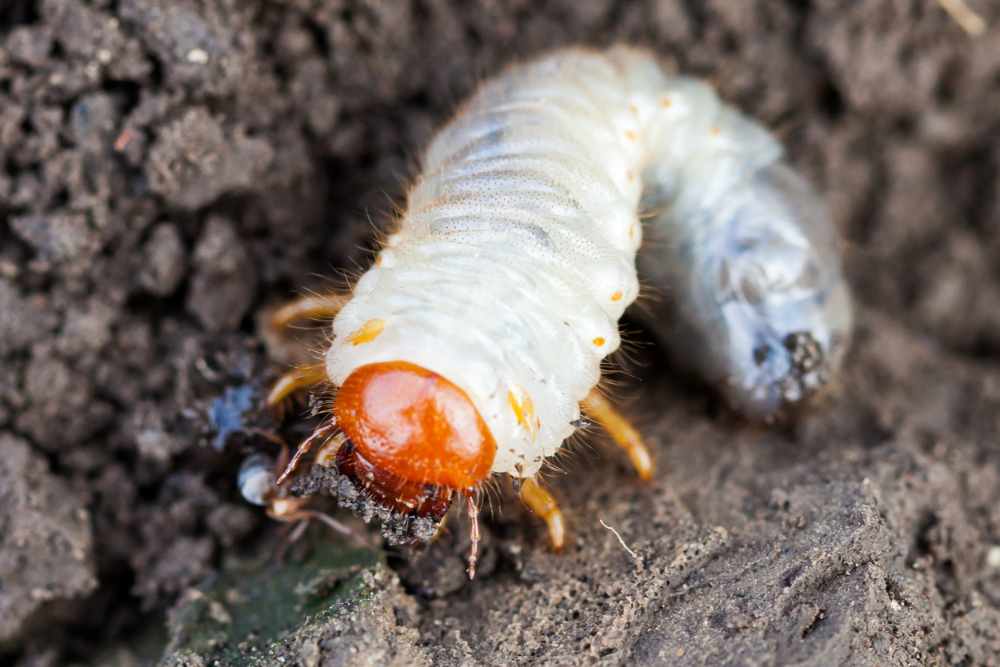
They have a well-developed brownish head and three well-developed pairs of legs. The life cycle of Japanese beetles, masked chafers, and green June beetles is one year. This means that these beetles only go from the egg to the adult stage once per year.
After mating flights, eggs are placed in the soil during the early summer. The bug will then progress through its developmental phases, with adult beetles emerging from the earth the following spring or early summer. The life cycle of June beetles is 2 to 3 years.
Signs of Infestation
Grub damage is most noticeable in August and September. Early signs include gradual turf thinning, yellowing, and weakening, followed by the appearance of scattered, irregular dead patches. As the damage progresses, the dead patches may grow in size, and perfectly normal turf regions may suddenly wilt. As you walk over the contaminated area, the turf may seem spongy.
Grub-damaged turf is not strongly grounded, allowing you to pull it apart from the soil as though removing a rug. When you lift the turf, look for white, C-shaped larvae in the top 1 to 2 inches of dirt. Early detection of a grub problem and sampling of possible infestation spots can avert turf loss and costly restoration.
Another sign that grubs are present is the presence of moles, skunks, raccoons, or flocks of birds that find the turf appealing. However, in addition to grubs, these predatory varmints may be interested in earthworms or other soil insects. The best technique to determine the presence of a white grub problem is done by checking a sample of the lawn.
Detection Methods
Dig for white grubs early in the growing season while grubs are still closer to the surface to see whether there is an infestation.
As you walk over your garden, pay attention to how the soil feels underfoot. If the soil seems spongy and soft, or if you notice above-ground signs such as wilting, chlorosis, or stunting, dig a bit to see if any larvae are chewing the roots away.
Remove a portion of turf with a shovel and sift through the top 3 inches of soil and roots to check for C-shaped larvae. Keep an eye out for any predators as well. Mole and skunk damage, as well as flocks of starlings or blackbirds, can suggest a larval pest problem.
All of these creatures enjoy eating grubs. Make a count as you dig. An infestation of eight to ten larvae per square foot indicates a serious problem.
Cultural Practices
White grubs prefer sandier soils and have a history of infestation in particular regions. Plowing exposes numerous larvae, pupae, and adults to the sun as well as predators like birds.
Crop rotation is an efficient grub control approach when maize is rotated with resistant or fewer susceptibility crops such as cowpea, alfalfa, and pigeon peas. Trap crops like African marigold, sunflower, and castor, as well as repellant plants like chives, garlic, tansy, and catnip, can be used in a rotation to trap or repel adult beetles from attacking the main crop planted.
Other Practices Include:
- Ensuring appropriate field drainage since grubs prefer moist soil, especially with decaying organic waste – female beetles prefer to lay eggs on moist-decaying organic matter.
- Reducing or trimming trees that attract adults along the crop’s border.
- Excessive nitrogen fertilizer application can kill first-instar larvae.
- Fallen trees that are home to mature scarab beetles. The beetles that have fallen can be gathered and exterminated.
Biological Control
To inoculate the soil, spores of the pathogens Bacillus popilliae, B. lentimorbus, and Metarhizium anisopliae can be employed. As biological control agents, parasitic wasps such as Tiphia species, Myzinum species, and Pelecinus polyturator, as well as the parasitic fly Pyrgota undata, have been used. Nematodes, such as Steinernema species, can also be useful against white grubs.
Chemical Control
Chemical management of white grubs is rarely required. Chemical treatment of grubs should be done when they are young since older larvae are more robust and larvae go deeper as they develop. If insecticides must be used, the following treatments have been shown to suppress white grubs:
- Carbofuran granule is a systemic insecticide.
- Chlorpyriphos, Fipronil, and Ethoprophos granules are contact insecticides.
- Imidacloprid, Aldicarb granules, and Isofenphos are systemic insecticides.
- Contact insecticides are applied to the leaves of trees where adult beetles swarm.
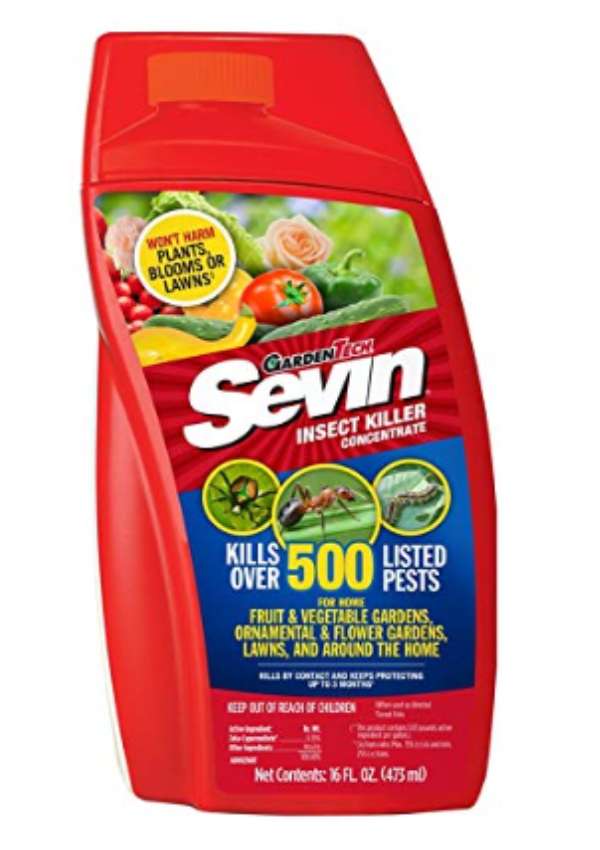

- 29 Bucket Gardening Ideas for a Lush, Compact Garden - October 30, 2024
- 20+ Chic Boho Bedroom Ideas for a Cozy and Stylish Retreat - June 20, 2024
- 12+ Modern Boho Living Room Ideas to Create a Unique Oasis - June 10, 2024

